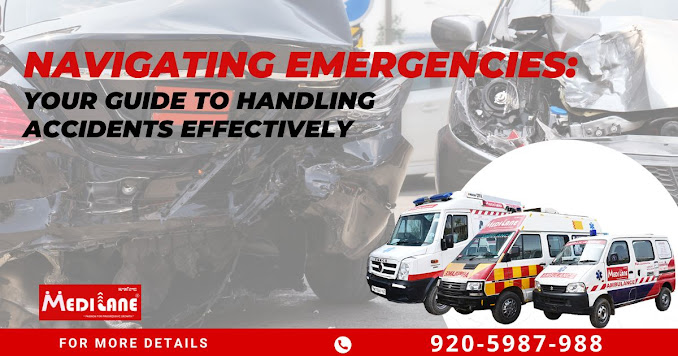Navigating Emergencies: Your Guide to Handling Accidents Effectively
.jpg)
Emergencies are unpredictable and can strike when least expected. Whether it's a car crash, a sudden medical issue, or a natural disaster, knowing how to respond can make all the difference. In this guide, we'll explore essential steps to help you navigate emergencies effectively and ensure the safety of yourself and those around you. 1. Stay Calm: In the face of an emergency, it's natural to feel overwhelmed. However, staying calm is crucial for making clear decisions and taking appropriate action. Take a deep breath and focus on the task at hand. 2. Assess the Situation: Quickly assess the situation and identify any immediate dangers. Determine the extent of injuries or damage and prioritize your actions based on the severity of the situation. 3. Call for Help: If necessary, call emergency services immediately. Provide clear and concise information about the nature of the emergency, your location, and any other relevant details. Don't hesitate to ask for assistance – ...
.jpg)
.jpg)
.jpg)
.jpg)
.jpg)
.jpg)
.jpg)